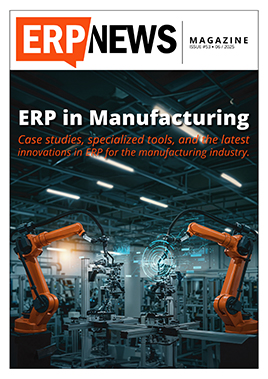Designing, setting up and running a stand at an exhibition can be hard work and is usually exhausting, however, attending relevant exhibitions and trade shows can be important for your company’s brand.
It’s a chance for potential customers to see, hear and understand your business’s product or services, and it is a chance for them to see and speak to you in person. The latter can be hugely important for building a trustworthy and reputable brand, and can be more effective than a colorful ad in a magazine. Failing to build to relationships and communicate with customers is one of the key small business mistakes to avoid.
Preparing for an exhibition, though, can be tiring and difficult. What do you need to bring, how should you dress, and would it be best to train certain employees?
Plan in Advance
You cannot plan a week before the event. Instead, you need to think about everything a few months in advance. Flyers and high-quality roller banners will need to be designed and printed; freebies will have to be decided and ordered, and the location of your stand will need to be booked. Apply for parking permits and book hotels (if it’s more than one day).
Choose the Best Location
Location is key when it comes to an exhibition. You want to have the most foot traffic, and you should ideally be center stage. Usually, central location is the best place, and people will generally gravitate towards the middle of the room. However, being positioned at the entrance and exit can also be profitable, as people have to pass your stall.
To ensure you get the best location, book way in advance. Your location can be crucial to the success of your company, and so it is important to book the position of you stall before anything else.
Brief Your Employees
Firstly, you will want to select those who can make a large impact and produce good results. The employees going need to be knowledgeable, but they also need to be understanding and friendly for the customers. Once you have selected who you wish to bring, tell them in advance so they can make plans accordingly.
Provide training, so everyone is up to scratch on your products/services. Have them answer popular questions customers are likely to ask, and have them practice their customer service skills – for example, don’t pounce on any potential customers and practice how to approach them naturally. Brief them on how to dress, and if you need to order in any company t-shirts, do so way ahead of the event. Ask for everyone’s input, so they feel as if they are contributing and part of a team.
Prepare for Follow Ups
Once the exhibition is over, the hard-work doesn’t stop there; therefore, you need to plan for the next course of action. Follow up on any leads you acquired, and make sure you respond to any other leads that may come through once the exhibition is finished. Respond to phone calls, emails, and begin the countless potential business relationships. This is the time for you to convert your leads into sales!






